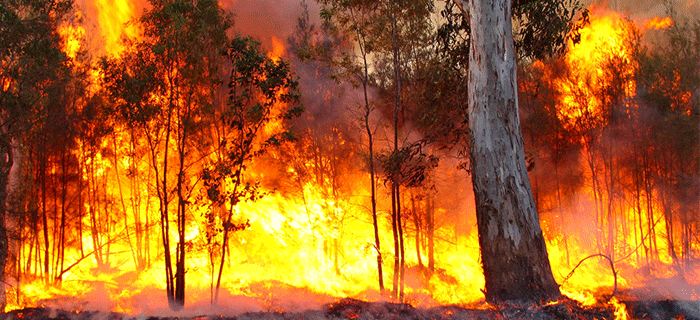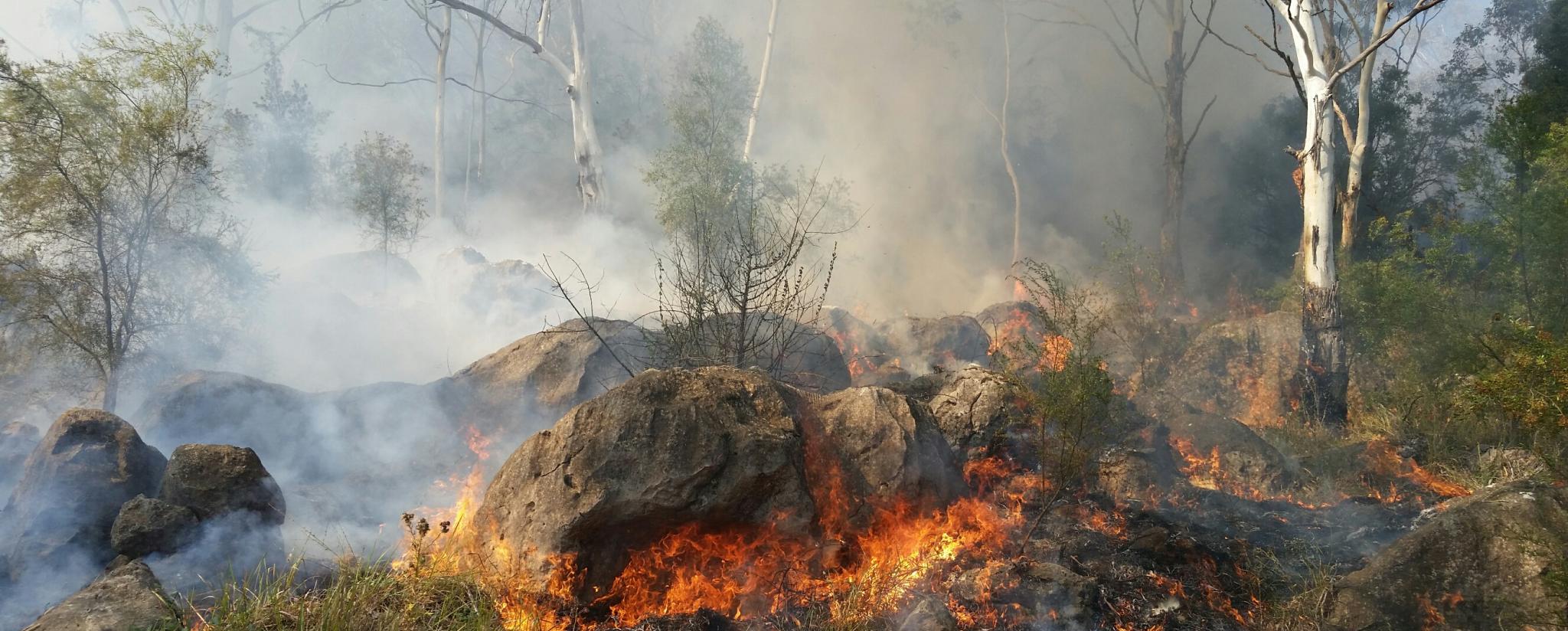Unwinding the Significance of an In-depth BAL Report for Your Residential or commercial property
Relevance of BAL Report in Ensuring Bush Fire Protection
In the world of bushfire defense, the value of a Bushfire Assault Level (BAL) report can not be overemphasized. This essential paper works as a fundamental device in analyzing the possible danger a building might deal with during a bushfire and plays a crucial function in identifying the needed protective measures to guard lives and buildings (BAL Report). However, truth value of a BAL record extends past a mere analysis; it serves as a guiding light for homeowner and authorities alike, providing understandings into improving residential or commercial property strength and ensuring reliable fire protection.
Understanding Bushfire Attack Degrees
The understanding of Bushfire Strike Levels is vital for examining the potential risk and effect of bushfires on a property. Bushfire Attack Levels (BAL) are a way of determining the intensity of a structure's possible direct exposure to ember strike, induction heat, and straight fire contact in a bushfire. Comprehending the different BAL categories is crucial for home proprietors, designers, and contractors in creating and building buildings that are a lot more durable to bushfires.
By understanding these levels, building owners can make enlightened decisions concerning bushfire security measures, such as mounting ash guards, using fireproof building products, and preserving clear defensible room around the residential property (BAL Report). On the whole, a complete understanding of Bushfire Assault Degrees is necessary for efficient bushfire preparation and protection.
Examining Residential Property Danger Levels
After understanding the effects of Bushfire Assault Levels, the next critical step is assessing the risk levels related to specific residential or commercial properties. Analyzing building danger levels entails an extensive evaluation of numerous elements that can affect the vulnerability of a property to bushfires. These aspects consist of the distance of the property to bushland or greenery, the type and condition of surrounding greenery, the incline and aspect of the land, prevailing climate condition, and the visibility of combustible products near the residential property.
Residential or commercial property risk evaluations are essential in establishing the degree of bushfire defense actions that need to be carried out to secure the property and its owners. By accurately examining the threat levels, residential property proprietors can make educated decisions concerning bushfire prevention methods, such as plants administration, building design alterations, and the installment of fire-resistant materials. In addition, property threat evaluations play an important role in the growth of emergency reaction plans and discharge treatments in case of a bushfire.
Applying Safety Steps
Upon finishing residential property risk assessments, the following critical stage includes the application of safety measures to enhance bushfire defense. Applying safety steps is necessary for safeguarding buildings and ensuring the safety of individuals during bushfire events.
Regular maintenance of protective steps is similarly essential to ensure their efficiency during a bushfire. This includes on a regular basis fixing and evaluating coal guards, carrying out vegetation management to minimize fuel tons, and testing firefighting equipment such as hose pipes and pumps. By carefully carrying out and preserving these protective steps, homeowner can significantly increase their strength to bushfires and lessen prospective damage and loss.

Enhancing Home Strength
Enhancing property resilience against bushfires depends upon the aggressive implementation and upkeep of protective actions targeted at strengthening defenses and decreasing potential dangers. Homeowner can enhance resilience by creating and preserving defensible spaces around their properties. This includes consistently removing dry vegetation, maintaining a well-irrigated garden, and having a calculated layout that lowers the danger of fire spread. In addition, setting up coal guards on windows and vents, utilizing fireproof structure products, and ensuring correct upkeep of roofings and seamless gutters can substantially improve a property's ability to withstand a bushfire.
Residential or commercial property owners must exercise a bushfire and develop emergency plan, conduct routine fire drills, and guarantee all citizens check my source recognize just how to respond in case of a bushfire. By taking positive steps, residential property proprietors can significantly increase the resilience of their homes against the risk of bushfires.

Guaranteeing Reliable Fire Protection
Carrying out robust fire security actions is vital for safeguarding residential properties versus the destructive influence of bushfires. Making certain efficient fire security includes a combination of positive approaches and adherence to appropriate guidelines. One key element of efficient fire defense is the implementation of suitable landscape design techniques. This includes maintaining a defensible area around the residential property by getting rid of flammable greenery and producing firebreaks. In addition, mounting fire-resistant materials on the home, such as fireproof roof and ember-proof displays on home windows, can substantially lower the threat of fire damages.
In addition, having an redirected here emergency situation feedback strategy in position is important for guaranteeing efficient fire protection. This plan needs to lay out emptying procedures, communication procedures, and designated meeting points for homeowners. Regular training and drills should also be conducted to make certain that all homeowners are prepared to respond rapidly and securely in case of a bushfire.
Final Thought
To conclude, the BAL report plays an important role in making certain efficient bushfire protection by analyzing property threat levels, applying protective measures, and boosting building strength. Comprehending Bushfire Strike Levels is vital in figuring out the level of danger a residential or commercial property faces throughout a bushfire. By complying with the recommendations outlined in the BAL record, homeowner can better get ready for bushfires and decrease potential damages. Ultimately, the BAL report is a valuable device in safeguarding properties against bushfire hazards.
By understanding these degrees, property proprietors can make enlightened choices regarding bushfire security measures, you could try these out such as mounting ash guards, utilizing fire-resistant building products, and preserving clear defensible space around the residential or commercial property. Evaluating residential or commercial property risk degrees includes an extensive evaluation of numerous aspects that can influence the susceptibility of a property to bushfires.Property danger assessments are essential in establishing the level of bushfire defense procedures that require to be applied to secure the residential or commercial property and its occupants. By taking positive measures, building owners can dramatically boost the resilience of their residential properties versus the risk of bushfires.
In verdict, the BAL report plays a critical duty in making certain reliable bushfire protection by evaluating building danger degrees, implementing safety measures, and enhancing building resilience. (BAL Report)